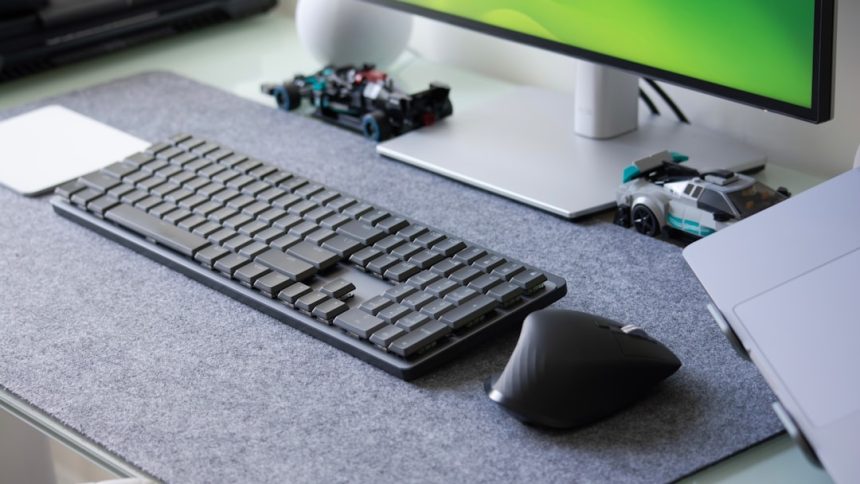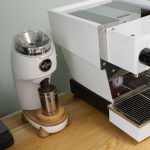Esports professionals, programmers, and keyboard enthusiasts alike are united by a common, tactile obsession: the sound and feel of a great mechanical keyboard. While many people pick a keyboard based on switch types or lighting features, those in the know understand that the acoustic profile of a mechanical keyboard can be deeply personalized. Today, we’ll explore how sound can be shaped, refined, or revolutionized through three core modding techniques—adding foam, swapping keycaps, and lubing switches.
Why Does Keyboard Sound Matter?
Beyond just aesthetics, the sound of a keyboard can affect productivity, comfort, and even relationships (especially for those sharing office spaces). Whether you’re seeking the *thocky* resonance of a well-modded board or the *clacky*, high-pitched snap of vintage keycaps, sound plays a huge role in your overall typing experience.
1. Foam: The Unsung Hero of Acoustics
One of the most impactful yet often overlooked aspects of keyboard modding is the addition of foam. Foam serves multiple purposes: it dampens vibrations, reduces echo, and smooths out the acoustic profile of your typing. There are typically three places you can add foam:
- Case Foam: Placed inside the keyboard’s case to reduce hollow sounds and vibrations.
- Plate Foam: Sits between the switch plate and PCB to isolate sound and improve keystroke feel.
- PCB Foam: Applies directly under the PCB and further dampens noise from switches bottoming out.
Choosing the right type of foam is essential. EVA, Poron, and PE foams are popular options, each providing a different sound signature and feel. For instance, Poron is often chosen for its soft, squishy rebound and effective sound absorption, leading to a deeper, more pleasant typing noise.
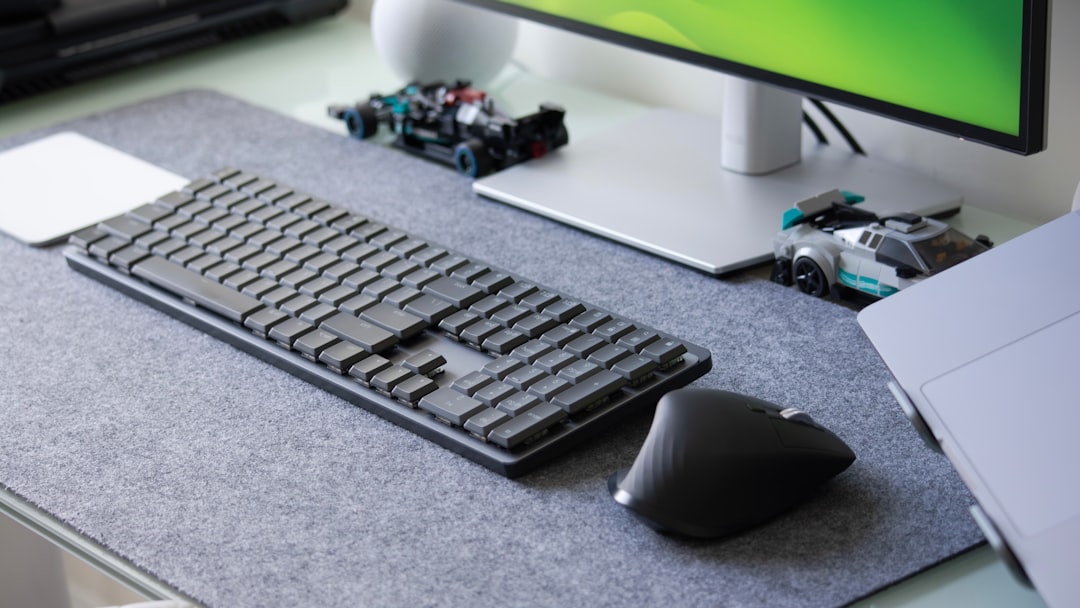
2. Keycaps: The Sound of Style
Keycaps do more than influence the visual aesthetics of your keyboard. Their material, thickness, and profile significantly alter the way your keyboard sounds. Enthusiasts often describe this change as going from a “sharp ping” to a “muted thud” simply by switching keycaps.
Common keycap materials include:
- ABS (Acrylonitrile Butadiene Styrene): These keycaps typically sound brighter and higher-pitched. They’re lightweight but wear out over time, gaining a shiny finish.
- PBT (Polybutylene Terephthalate): Offering a thicker, more textured surface, PBT keycaps produce a deeper, more muted sound. Many enthusiasts prefer PBT for its durability and pleasant acoustic qualities.
Additionally, the manufacturing technique matters. Doubleshot and dye-sublimated keycaps offer better durability and more consistent legends, but they also tend to be thicker, which contributes to a richer acoustic profile. Keycap profile (such as SA, DSA, Cherry, or OEM) also subtly shifts sound and feel. SA profiles, for instance, are known for producing a more resonant and impactful typing noise.
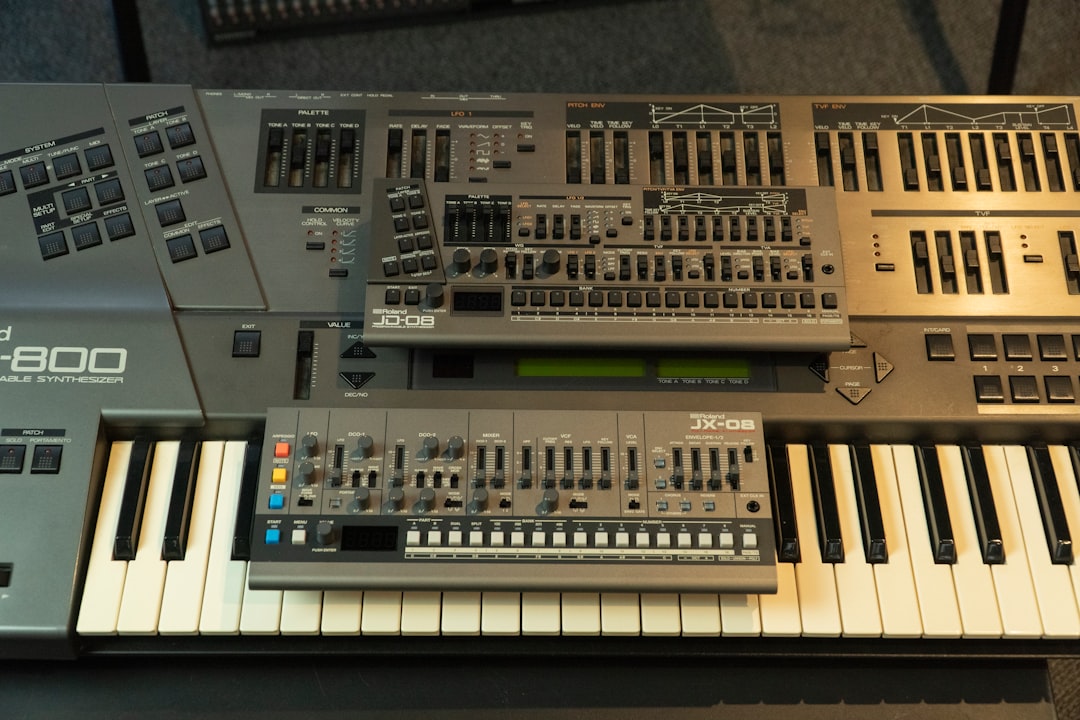
3. Lubing: The Art of Silky Silence
If you’ve ever used a scratchy mechanical switch, you know firsthand how distracting a poor keystroke can be. Lubing switches is arguably the most transformative aspect of mechanical keyboard modding, drastically changing both sound and feel.
What does lubing do? It reduces friction and vibration in moving parts, leading to:
- Smoother key actuation
- Lower-pitched, more pleasant keystrokes
<liLess spring ping and rattle
Lubing has a few caveats. First, it involves disassembling each switch, which is time-consuming and requires either opening switches by hand or with a switch opener. Second, the type of lube matters. Tactile and linear switches generally use different lubes:
- For linear switches: Krytox 205g0 is a fan favorite for its heavyweight consistency and uniform performance.
- For tactile switches: Tribosys 3203 or 3204 tend to preserve tactility while still smoothing travel.
Some users also choose to lube stabilizers (or use pre-lubed stabs) to eliminate the dreaded “rattle” from larger keys like the spacebar or enter key. Additionally, a piece of band-aid mod or dielectric grease can be placed beneath stabilizers to minimize noise even further.
Putting It All Together
Imagine this: A board with Poron foam dampening case vibrations, thick PBT keycaps in a Cherry profile enhancing low-frequency resonance, and hand-lubed linear switches that produce a buttery smooth “thock” with every press. That’s the dream build for many, and achieving it is enthralling for anyone with a passion for acoustical customization.
Different combinations produce vastly different results. For example:
- Clacky setup: ABS keycaps, no foam, clicky switches (like Cherry MX Blue).
- Muted setup: PBT keycaps, full foam, lubed linear switches (like Gateron Ink Blacks).
- Balanced setup: Light foam, hybrid ABS/PBT keycaps, lubed tactile switches (like Holy Pandas).
The key to success is experimentation and knowing what kind of typing sound you prefer. For some, the journey to finding that perfect *thock* is half the fun.
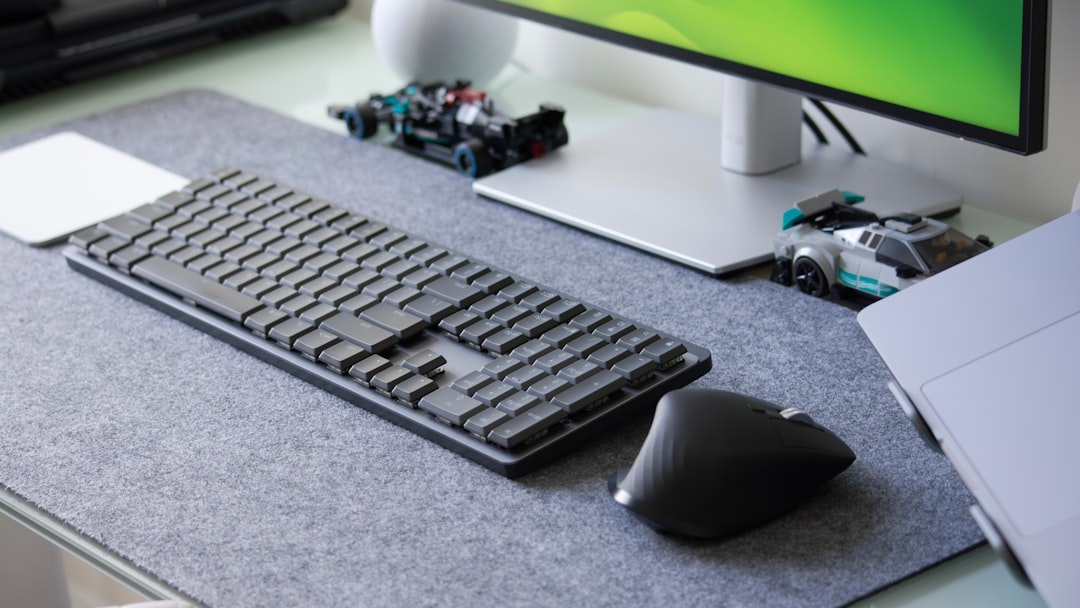
Tips for Refining Your Sound
Here are a few additional suggestions for getting the most out of your keyboard’s sound profile:
- Use a dampening mat or desk pad: Reduces tabletop reverb and echoes.
- Try O-rings: Small rubber rings can soften bottom-out sounds, though they also affect key travel.
- Stabilizer tuning: Clip, lube, and band-aid mod your stabs to eliminate rattle and inconsistency.
- Sound test frequently: Record or listen to your keyboard in various environments (headphones, speakers, or phone mic) to understand how acoustics change.
The Sound of Satisfaction
A truly satisfying keyboard isn’t always the most expensive one on the market—it’s often a DIY build customized to your exact preferences. And when it comes to mechanical keyboards, *sound* plays a leading role in this satisfaction. With a little foam, the right keycaps, and some careful lubing, you can transform a common keyboard into an acoustic work of art.
So whether you’re in it for the *thock*, riding the *clack*, or searching for sonic harmony, modding your mechanical keyboard is an open-ended journey that’s both personal and incredibly rewarding.
